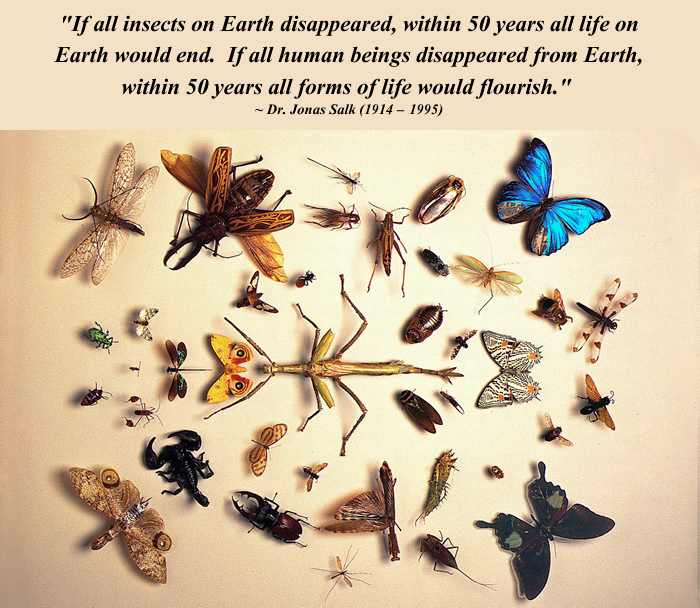Republished by Blog Post Promoter
Slow Life from Daniel Stoupin on Vimeo.
Republished by Blog Post Promoter
Slow Life from Daniel Stoupin on Vimeo.
Republished by Blog Post Promoter
A lot of biological engineers stayed up very late at night for billions of years to create self-reproducing life-forms such as those you can see at the aquarium! I am also reminded to the magical creative ability of my friend Robert Connett. He paints life forms from his own imagination which are truly marvelous.
 See More of the Fantastic Art of Robert Steven Connett
See More of the Fantastic Art of Robert Steven Connett
www.rsconnett.com
facebook.com/RobertStevenConnett
Republished by Blog Post Promoter
 Are humans the “center of the universe”? Do you believe that the species “homo sapiens” is the dominant life form on Earth? Are humans created “in the image of god”? Factually, if god looked like the most numerous species on Earth, god would be an insect!
Are humans the “center of the universe”? Do you believe that the species “homo sapiens” is the dominant life form on Earth? Are humans created “in the image of god”? Factually, if god looked like the most numerous species on Earth, god would be an insect!
There are more than 200 million insects for each human on the planet. The world holds 300 pounds of insects for every pound of humans. At any time, it is estimated that there are some 10 quintillion (10,000,000,000,000,000,000) individual insects alive.
It has long been recognized and documented that insects are the most diverse group of organisms (on Earth), meaning that the numbers of species of insects are more than any other group. In the world, some 900 thousand different kinds of living insects are known. This representation approximates 80 percent of the world’s species. Most authorities agree that there are more insect species that have not been described (named by science) than there are insect species that have been previously named. Conservative estimates suggest that this figure is 2 million, but estimates extend to 30 million.”
However, as far as human survival is concerned, all of humanity could easily be fed using insects as food. Insects have more nutritional value for humans and livestock than most foods and are abundant and inexpensive to produce!
 LEARN MORE: http://phys.org/news/2014-06-insects-food-future.html
LEARN MORE: http://phys.org/news/2014-06-insects-food-future.html
Republished by Blog Post Promoter
This wonderful video is an excellent argument against the prejudicial opinion of homo sapiens that they are “the chosen species”, made in the image of “the god”.
 VISIT THE WEBSITE OF THE PRODUCERS — http://thesuperiorhuman.ultraventus.info/
VISIT THE WEBSITE OF THE PRODUCERS — http://thesuperiorhuman.ultraventus.info/
Republished by Blog Post Promoter
Mankind is only one SPECIES of life on Earth. According the leading “scientific authorities”: ...the “estimated total number of species on Earth is 6.5 million species found on land, and 2.2 million (about 25 percent of the total) dwelling in the ocean depths. However, a study, published by PLoS Biology, says a staggering 86% of all species on land and 91% of those in the seas have yet to be discovered, described and cataloged.”
If we do the math, we learn that 8.7 million is roughly 80% – 90% of ONE HUNDRED MILLION species on this planet. That’s a LOT of life! How many even MORE bizarre life forms are as yet undiscovered? And how many more might there be living throughout the rest of our own galaxy? (I won’t mention the whole universe….).
Many more imagined creatures are described in science fiction stories on other planets and galaxies. But, very few of these fictional “monstrosities” are as strange and bizarre at the real creatures that inhabit the microcosm on our own planet. Here are pictures of a few common insects viewed with the aid of an electron microscope. It is a challenge to imagine creatures more bizarre than these!